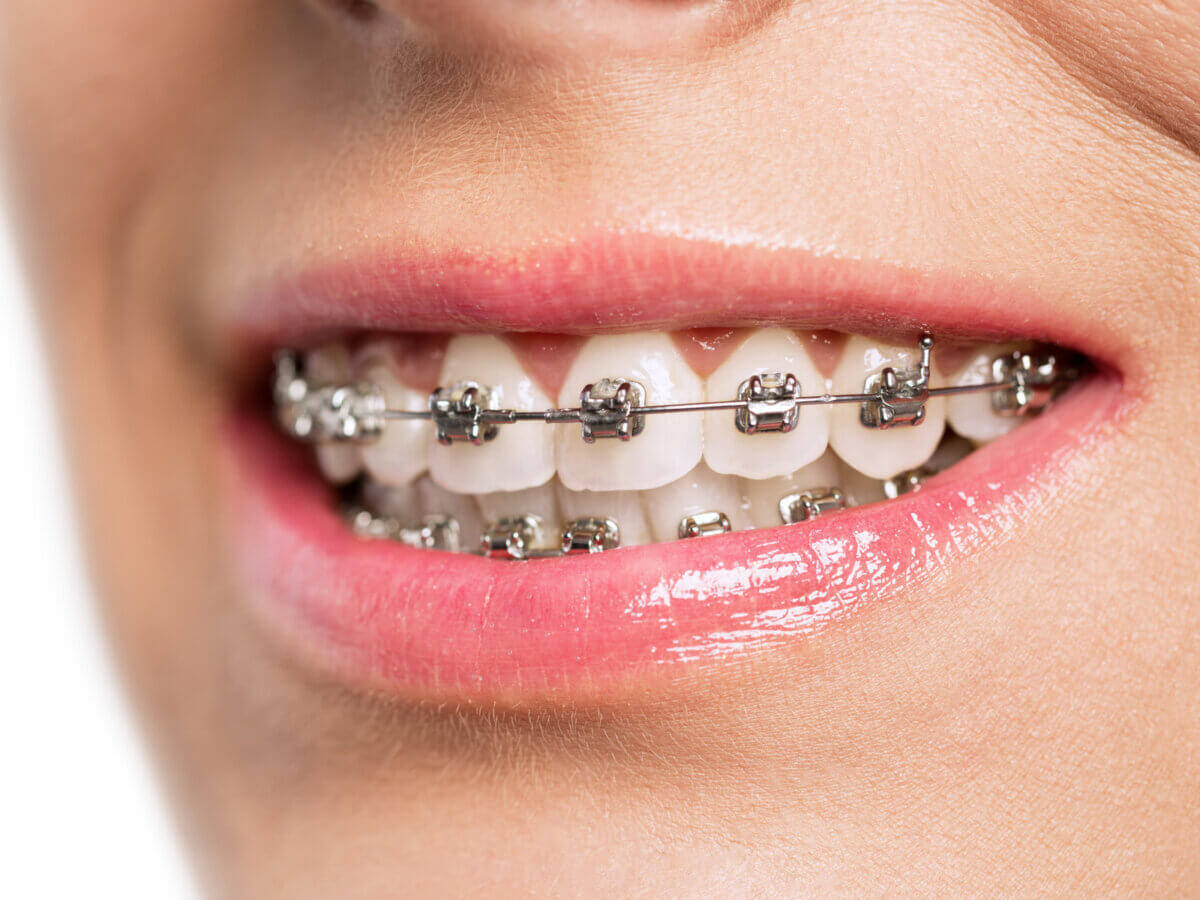Blog
Dental hygiene tips for healthy teeth & gums

Pros and Cons of Traditional Metal Braces
In recent years, braces have advanced significantly as a means of straightening crooked teeth and correcting malocclusions. Metal braces are popular among children and adults for orthodontic treatment. It helps with major teeth issues like misalignment, bite issues, and more.
Crooked teeth require proper alignment for many people. Braces are often recommended as the best remedy for this problem. However, it is vital to determine whether it is good for you or not. Just like any other orthodontic appliance, traditional teeth-straightening devices also have some advantages and disadvantages to them.
In this article, we will see some pros and cons of the same to give you a better idea of whether you should go for this dental treatment or not.
What are the pros of traditional metal braces?
- Cost-effective: Traditional metal braces are typically the most cost-effective option for orthodontic treatment. Many dental insurance plans cover these procedures, making them popular with many patients.
- Effective: Traditional metal teeth-straightening devices are highly effective at straightening crooked teeth, fixing overbites, and correcting other dental issues. Additionally, many patients report that these dental devices last several years without any problems.
- Customizable: Another pro of this dental device is that it can be customized to fit each patient’s individual needs. To achieve the best results, your orthodontist can adjust the braces in terms of shape, size, and tension.
- Faster treatment time: Traditional teeth-straightening devices are often the fastest option for severe teeth issues. Average treatment time for braces is around 2 years.
- Easy to maintain: Unlike clear aligners, traditional orthodontic devices don’t require frequent replacement or maintenance. Patients only need to visit their oral care provider for periodic adjustments.
What are the cons of traditional metal braces?
- Appearance: Metal braces are highly visible, which can be a major drawback for some patients. Many people find their appearance to be unattractive, which can lead to self-consciousness and a lack of confidence.
- Discomfort: Traditional orthodontic tools can be uncomfortable and even painful at times. In some cases, brackets and wires can irritate the inside of the mouth causing soreness, ulceration, and small cuts.
- Difficulty eating: Patients with metal braces may have difficulty eating certain foods, especially hard or sticky items. Additionally, some foods may have to be avoided altogether to prevent damaging them.
- Oral hygiene: Proper oral hygiene is essential when wearing normal teeth-straightening devices, but it can be challenging to keep the brackets and wires clean. Food particles can get trapped in the braces, leading to plaque buildup and potential dental issues.
- Required adjustments: Traditional metal teeth-straightening devices require periodic adjustments from a dentist to ensure they are working correctly. These appointments can be time-consuming and may require patients to take time off work or school.
In conclusion, traditional metal orthodontic devices have both pros and cons. They are an effective and cost-effective option for orthodontic treatment, but they can also be uncomfortable, unsightly, and require careful oral hygiene.
Patients considering the traditional teeth-straightening device should weigh the benefits and drawbacks carefully and discuss their options with their orthodontist. Ultimately, the best choice will depend on each patient’s individual needs and preferences.
It is important to remember that the usual teeth-straightening devices are very effective, especially if you are suffering from severe dental issues. The best way to make the right decision about braces is to understand their pros and cons so that you have a clear picture of which one is right for you.


